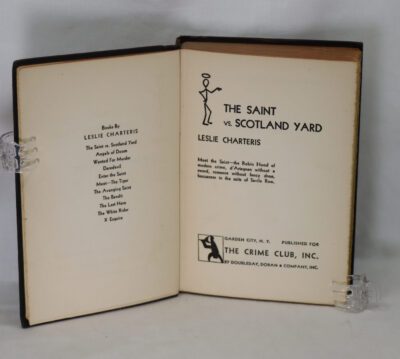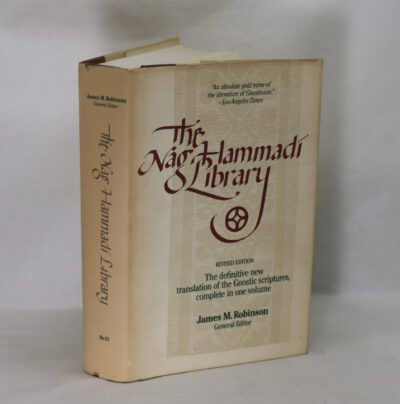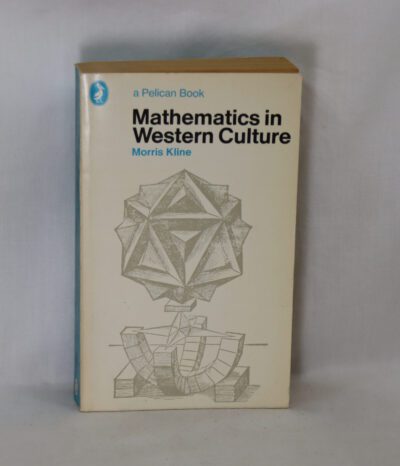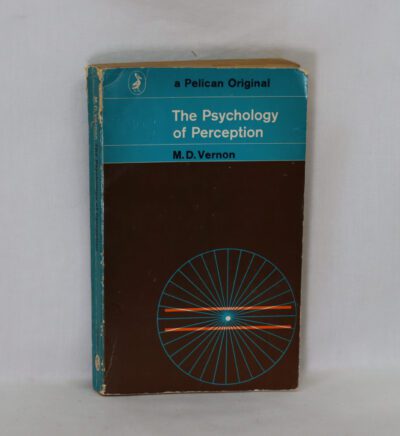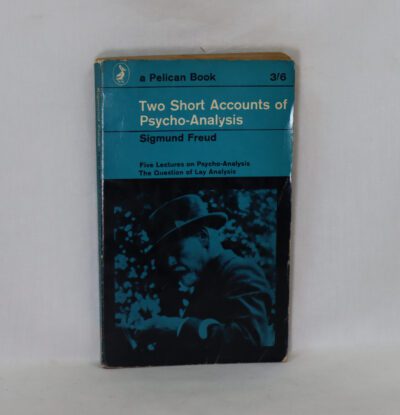The Chaldean Account of Genesis.
By George Smith
ISBN: UCAL:B3125044
Printed: 2022
Publisher: Amazon Fufillment.
| Dimensions | 16 × 24 × 3 cm |
|---|---|
| Language |
Language: English
Size (cminches): 16 x 24 x 3
Condition: As new (See explanation of ratings)
Item information
Description
Black board binding with white title and image of a fortress on the front board.
F.B.A. provides an in-depth photographic presentation of this item to stimulate your feeling and touch. More traditional book descriptions are immediately available.
The Creation, the Fall of Man, the Deluge, the Tower of Babel, the times of the Patriarchs; many of us know these stories through reading Genesis in the Old Testament. But, what happens if there was an alternative source that spoke of these events?
George Smith, a pioneering English Assyriologist, discovered a number of ancient tablets in the lands surrounding Nineveh, situated in what was previously the infamous civilization of Babylonia. Written in the long-forgotten script of cuneiform, Smith was able to discover some remarkable finds upon their surfaces. The Chaldean Account of Genesis explores these discoveries and explains how the tablets provide an alternative account to the accounts of the Jewish bible. These tablets also throw remarkable light on the myths and legends of Babylon, from the epic of Gilgamesh to the adventures of Ishtar.
This work is a remarkable study that should be essential reading for anyone interested in the history of the stories of Old Testament as well as the ancient civilization of Babylon.
George Smith, was a pioneering English Assyriologist who first discovered and translated the Epic of Gilgamesh, one of the oldest-known written works of literature. His The Chaldean Account of Genesis was first published in 1876. Smith also passed away of dysentery that year during an expedition to excavate the rest of the Library of Ashurbanipal.
Reviews
It was not George Smith’s forte to rise in the academic halls of education, but his enthusiasm and his natural bent for cuneiform studies. It was not by a historical sentiment that Smith gave us the opportunity to look with him and begin the task of relating what we have in our Bible and compare the legends of a past civilisation.
The illustrations are from that era so you will have a chance to formulate legend with some of the metaphors used in that past civilization. This, in turn, made me wonder what will our symbology and metaphor be, which will create the legends of our own times and locations. We do not as they did not, live in the myth of legend.
—————————–
We tend to think that existing civilisations are always better than the past.
We tend to think that people where more stupid before and that old books are not worth the while reading. Reading this book has showed me not only what a treasure we have in older literature but is also again confirming that ancient civilisations could be advanced not primitive as previous assumed.
Extract from the book: “There is a seal in the British Museum bearing an engraving which seems to be a picture of the fall of man. In the middle of the scene there stands a tree with branches, and on either side of the trunk there is a fruit. Seated on the right is a man, and upon the left is a woman, behind who stands the serpent. The tree is the “tree of life” which played a great part in the Babylonian and Assyrian religions, and was understood to by the Babylonians to be the symbol of immortality”
I was also surprised to find that the ancient Accadians kept the seventh day Sabbath as what I believe a reminder of creation. The Sabbath was a day of rest for the heart, a day on which work was unlawful. And it looked to me as they celebrated the flood; the Accadians celebrated the eleventh month as a reminder of the flood.
According to the writer was from the beginning the most ancient people of Babylon monotheists. The gods of the multitudes are said to be only the fifty names of the Creator. To Him is ascribed the regulation of the stars, the naming of the angels, the subjection of the subordinate demi-gods., and “marginal notes expressly state that the several titles under which the Creator is addressed on the observe of the tablets, all belong to one and the same divinity.”
George Smith, was a pioneering English Assyriologist who first discovered and translated the Epic of Gilgamesh, one of the oldest-known written works of literature. His The Chaldean Account of Genesis was first published in 1876. Smith also passed away of dysentery that year during an expedition to excavate the rest of the Library of Ashurbanipal.
Want to know more about this item?
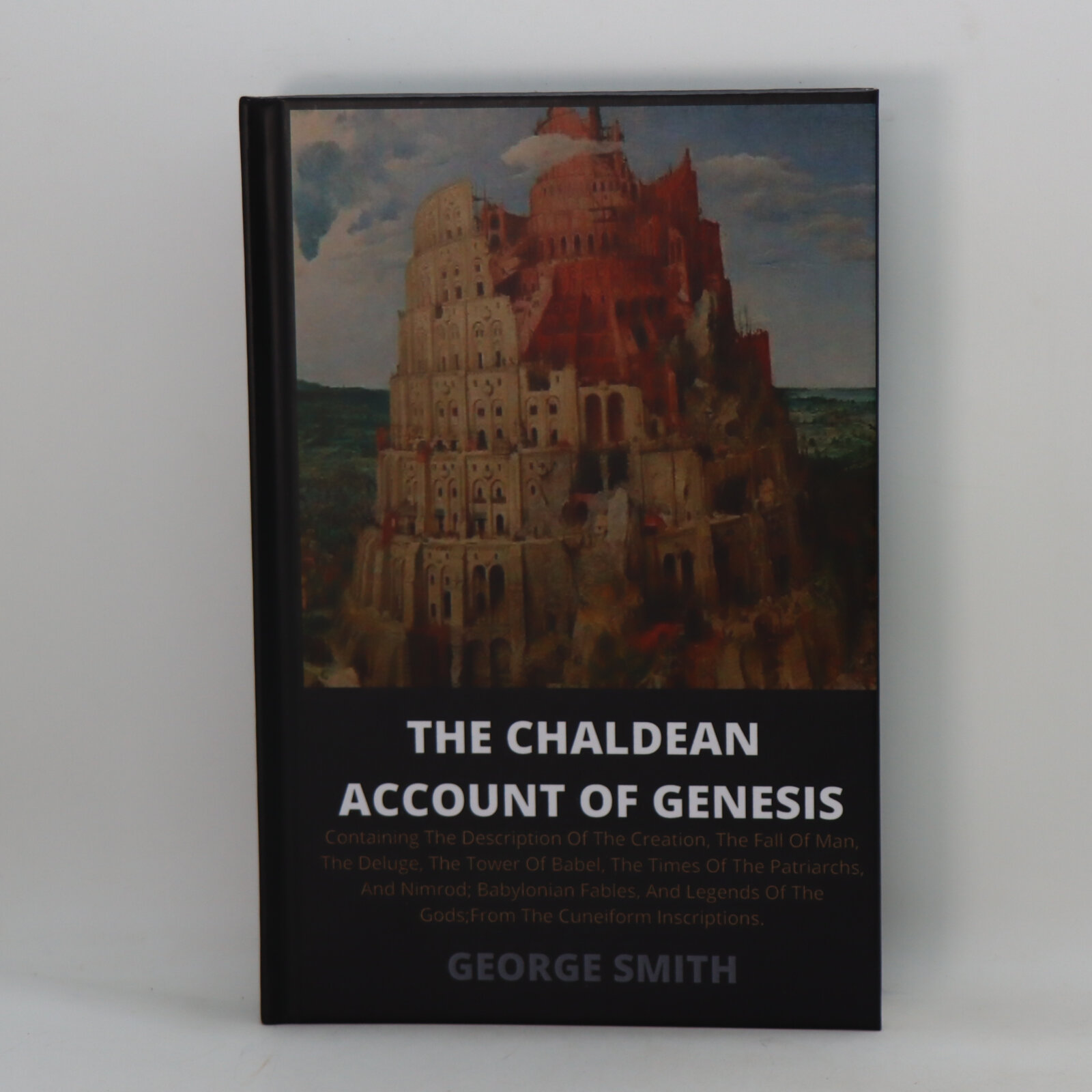
Share this Page with a friend




